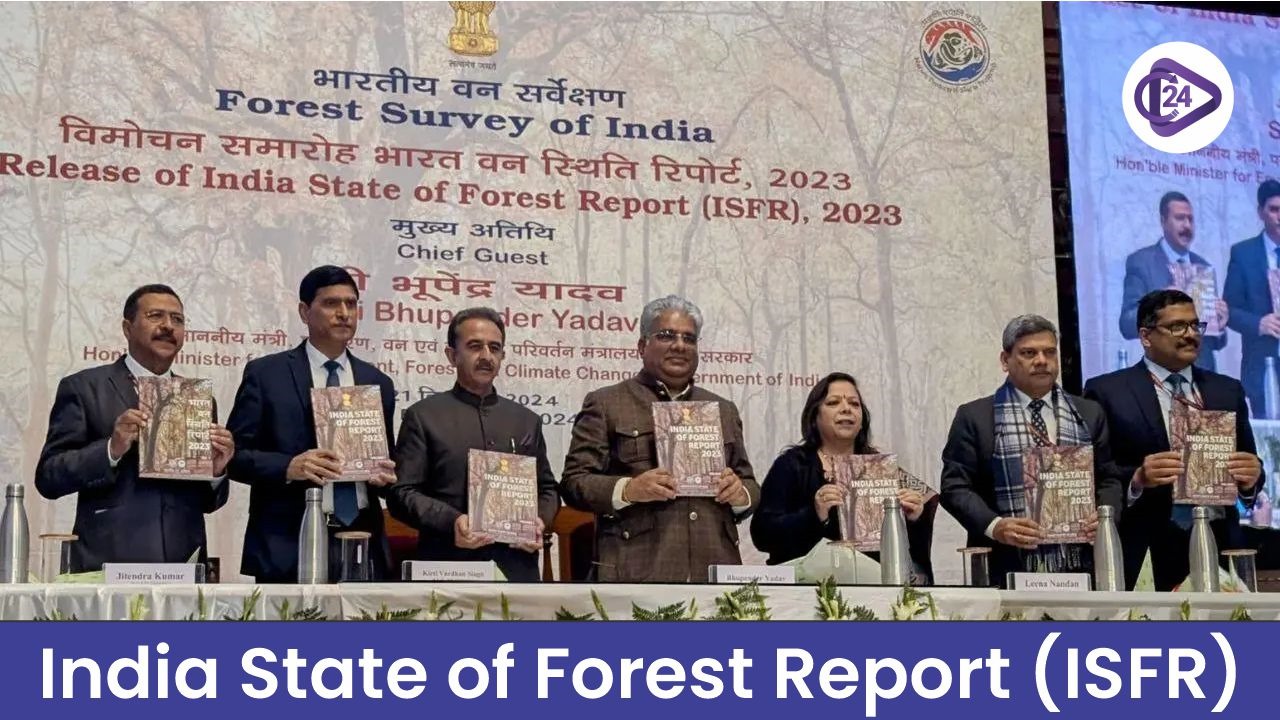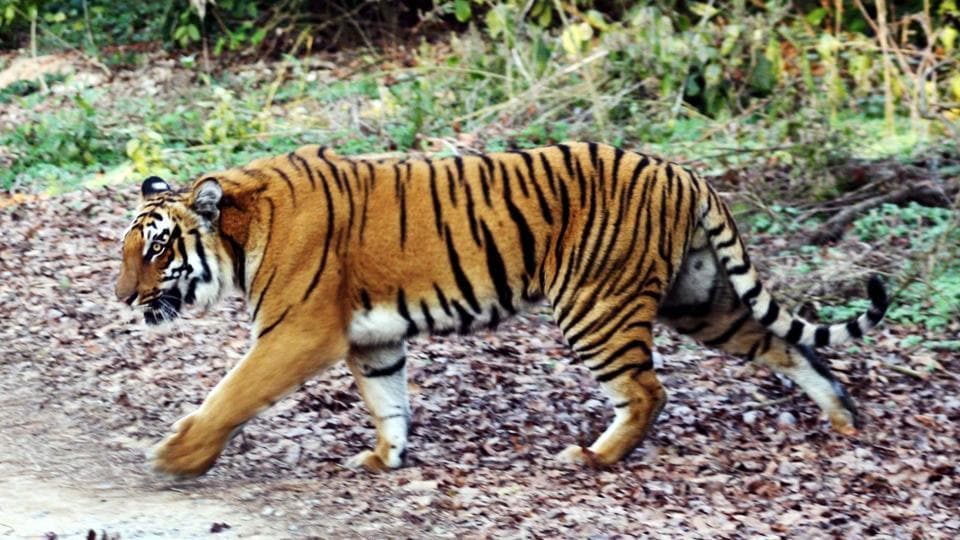
India has created a record for the first-ever Ganges River Dolphin (Platanista gangetica) that has been tagged at Assam. Importantly, it is the first such case in the world for the species and contributes to the development of conservation measures. The project is being jointly implemented by the Ministry of Environment, Forest and Climate Change, Wildlife Institute of India, Assam Forest Department, Aaranyak, and National CAMPA Authority. As implemented under Project Dolphin, the tagging seeks to fill significant knowledge gaps on the dolphin’s habitat use, migration, and distribution. With help of the satellite tagging technology and lightweight tags, which are suitable for deployment with Argos satellite systems, researchers are able to study the behavior of the dolphin without causing any invasive impact. Ganges River Dolphin is recognized as India’s National Aquatic Animal and it is a keystone species occupying the peak of the food chain among the riverine predators. This will be taken to other states thus continue with the effort of protecting the species and the health of the rivers
Key points
-
It is quite momentous for India as we have recently acquired the first ever photo-identify the Ganges River Dolphin (Platanista gangetica) in Assam. It is the first tagging event of the species anywhere in the world and could go a long way in enhancing knowledge of the endangered species that dwells in the aquatic environment.
-
It’s a joint venture of MoEFCC, WII, Assam Forest Department, Aaranyak with the support of the National CAMPA Authority.
About Gangetic Dolphin
-
They are freshwater and one of the few river dolphins inhabiting the globe.
-
Its focus range is the Ganga, Bramaputra, Meghna and Karnaphuli Sangu river system of Nepal, India and Bangladesh.
-
Common Names: ashes, blind dolphin, Ganges dolphin, Ganges susu, hihu, side swimming dolphin, South Asian River Dolphin
-
Scientific name:Platanista gangetica
-
It is worthy to note that the Gangetic Dolphin has been recently identified as the “National Aquatic Animal of India”.
-
Conservation status:
-
IUCN: Endangered
-
Wildlife (Protection) Act: Schedule-I
-
CITES: Appendix I
-
Description
-
The Ganges River dolphin has other features such as a long thin snout, rounded belly, stocky body and large flippers.
-
It mainly takes fish and is normally stationed in counter-current systems of the main river cruise.
-
It has no lens in its eyes and hence the name given to this species is ‘blind dolphin’.
-
They possess a well-developed bio-sonar system that enables them to locate fish even in areas where there is a lot of fog in aquatic.
-
It is a type of mammal and so, unlike most fish that can breathe in water this species has to come to the surface for air every 30 to 120 seconds. Mainly due to this sound which the animal makes while breathing, it is commonly called the ‘Susu’.
Project Dolphin
-
These tags are of Project Dolphin which has been initiated by the Government of India with direction of the Prime Minister Shri Narendra Modi. They plan to use it to explain relevant unknowns regarding the GRS, including distribution, occupancy, foraging, and migration requirements.
-
The tagging creates a pattern of the movements of the species occasion, resources utilization, migration and dispersion. It is important when analyzing the broken up aquatic environment complex and in developing the reserve plan for the dolphin.
-
As the tags used are relatively lightweight and work in conjunction with Argos satellite systems, satellite tagging does not greatly impede the dolphin’s movement even with very short periods on the surface.
-
It is part of a wider strategy which will be implemented in all other states that host Ganges River Dolphin in order to improve knowledge on the species and its environment.
-
This tagging legislating shows India’s passion towards wildlife conservation and endangered species protection as well as an annual global model of research and preservation of river biome.
Significance of the Ganges River Dolphin
Being the National Aquatic Animal of India the Ganges River Dolphin occupies a crucial position as an apex predator in the riverine ecosystems. The aquatic health of the Ecosystem is critical in its ability to support the general functionality of the rivers.
Conclusion
A first-ever tagging has been done on the Ganges River Dolphin in Assam which is logically a great success in the field of wildlife conversation as the data collected can be effectively used for the species’ protection. With a concern towards this particular species, India is also protecting the NAQ, more importantly, its results benefitriad systems and demography that many species including people need the health of a river.
Chat With Us



 ISFR 2023: Key Findings on India’s Forest Cover & Climate Goals
ISFR 2023: Key Findings on India’s Forest Cover & Climate Goals Supreme Court Directs Policy Formation for Sacred Groves Conservation
Supreme Court Directs Policy Formation for Sacred Groves Conservation Jalvahak Scheme: Revolutionizing Inland Waterways in India
Jalvahak Scheme: Revolutionizing Inland Waterways in India India Leads with World's First Green Steel Taxonomy
India Leads with World's First Green Steel Taxonomy Ratapani Tiger Reserve Declared Madhya Pradesh
Ratapani Tiger Reserve Declared Madhya Pradesh Siberian Crane Migration to Khichan Rajasthan Record
Siberian Crane Migration to Khichan Rajasthan Record Global Climate Change Conference India Role Climate Justice
Global Climate Change Conference India Role Climate Justice Cyclone Fengal Tamil Nadu Sri Lanka Impact Forecast
Cyclone Fengal Tamil Nadu Sri Lanka Impact Forecast COP29 India Concerns Climate Finance Rejection
COP29 India Concerns Climate Finance Rejection






